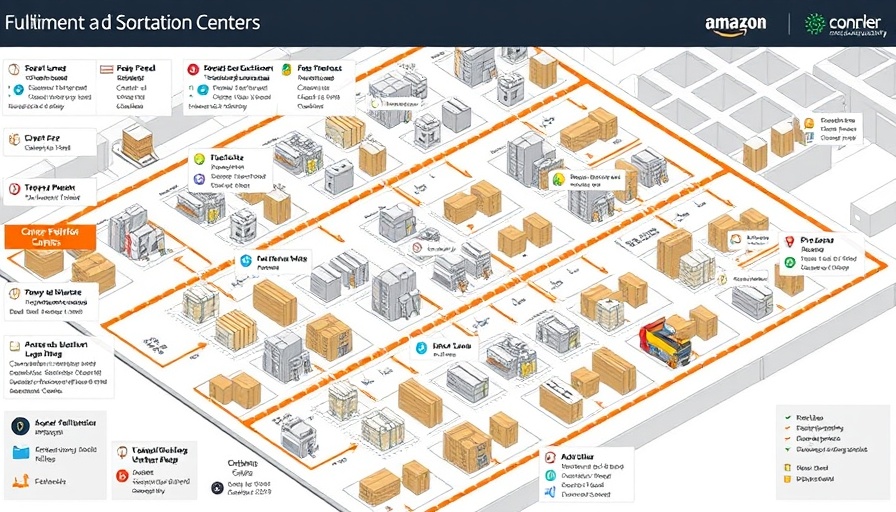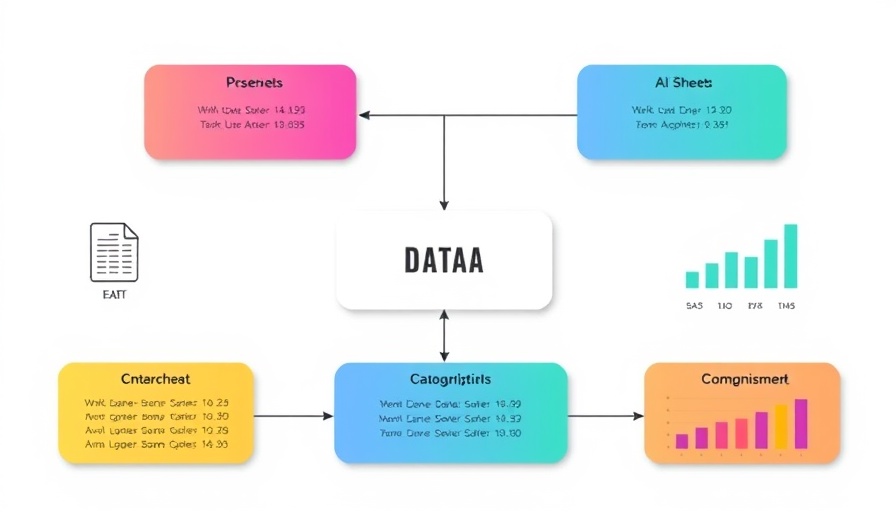
Unleashing the Potential of AI in Data Analysis for Businesses
In a world where data rules supreme, small and medium-sized businesses are discovering the power of AI to streamline operations and make informed decisions faster than ever before. Imagine having a data analyst that never needs a break, works tirelessly, and provides insights at lightning speed – this is now a reality with AI agents powered by OpenAI’s function calling technology. In this article, we will explore the benefits, applications, and step-by-step implementation of an AI data analyst agent tailored for your business.
What Makes AI Data Analysts So Exciting?
The allure of an AI-powered data analyst lies in its remarkable ability to digest complex datasets swiftly and deliver actionable insights in mere seconds. This capability not only saves time but allows businesses to pivot quickly in response to market changes, customer needs, and operational challenges. By leveraging OpenAI's function calling, users can ask questions in everyday language and receive detailed responses, including visual representations like charts and graphs, allowing for instantaneous decision-making.
Bridging the Gap: From Data to Decisions
For small to medium-sized businesses, the ability to access data insights without needing a dedicated team of analysts is transformative. This capability democratizes data analysis, making it accessible to all employees, regardless of their technical background. By adhering to the principles of data literacy, your team can engage with data directly and use AI to inform strategic business decisions, enhancing productivity and fostering a culture of inclusivity.
Future Predictions: The Transformation of Business Operations
The integration of AI data analysts is poised to revolutionize how businesses operate. As AI technology matures, we can expect even more sophisticated features, such as predictive analytics and enhanced natural language processing capabilities, which will allow businesses to anticipate trends before they manifest. This foresight can lead to improved customer satisfaction and higher operational efficiency, as businesses will be able to tailor products and services to meet upcoming demands.
Setting Up for Success: Your Development Environment
Creating your AI data analyst agent begins with setting up the right development environment. You’ll need a few essential tools, including Python, OpenAI’s API, and libraries like Pandas for data manipulation and Matplotlib for data visualization. The task may seem daunting, but with guided tutorials available online, you can efficiently get your agent off the ground and ready to serve your data needs.
Core Functions that Define Your AI Analyst
Your AI analyst requires core functionalities that allow it to parse data, respond to inquiries, and generate relevant charts. Key functions will include data retrieval methods, analytics algorithms, and a user interface that facilitates interaction. By mapping out these core functions early, you’ll ensure that your AI agent is both versatile and user-friendly, ultimately enhancing user experience and engagement.
A Hands-On Project: Building Your Data Analyst AI Agent
Now comes the exciting part – building your AI data analyst agent! Start with a simple project structure and gradually add features as you grasp the functionality of OpenAI’s API. By following step-by-step guides available in resources, and experimenting with code examples, you’ll transform theory into practice, hitting milestones that progressively make your data analyst smarter and more capable.
Common Misconceptions about AI Data Analysts
Despite the excitement around AI technology, many people harbor misconceptions, such as the belief that AI will replace human analysts. In reality, while AI can automate routine tasks, it complements human expertise by providing them with more time to focus on strategic initiatives and creative problem-solving. Emphasizing this collaborative aspect can pave the way for wider acceptance of AI tools in businesses.
Conclusion: Embrace the Change!
With the rapid evolution of technology in the business landscape, integrating an AI data analyst tool can significantly enhance efficiency and decision-making capabilities for small and medium-sized businesses. Don’t wait for this change to pass; embrace it! Start your journey toward a more data-driven future, and watch as your business reaps the benefits of lightning-fast insights.
 Add Row
Add Row  Add
Add 



Write A Comment